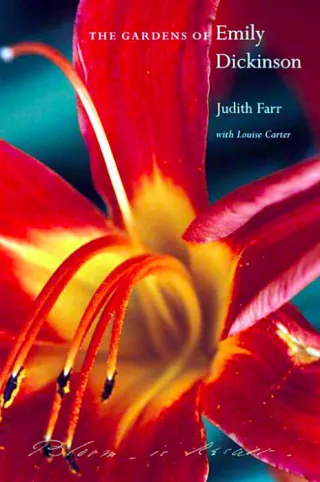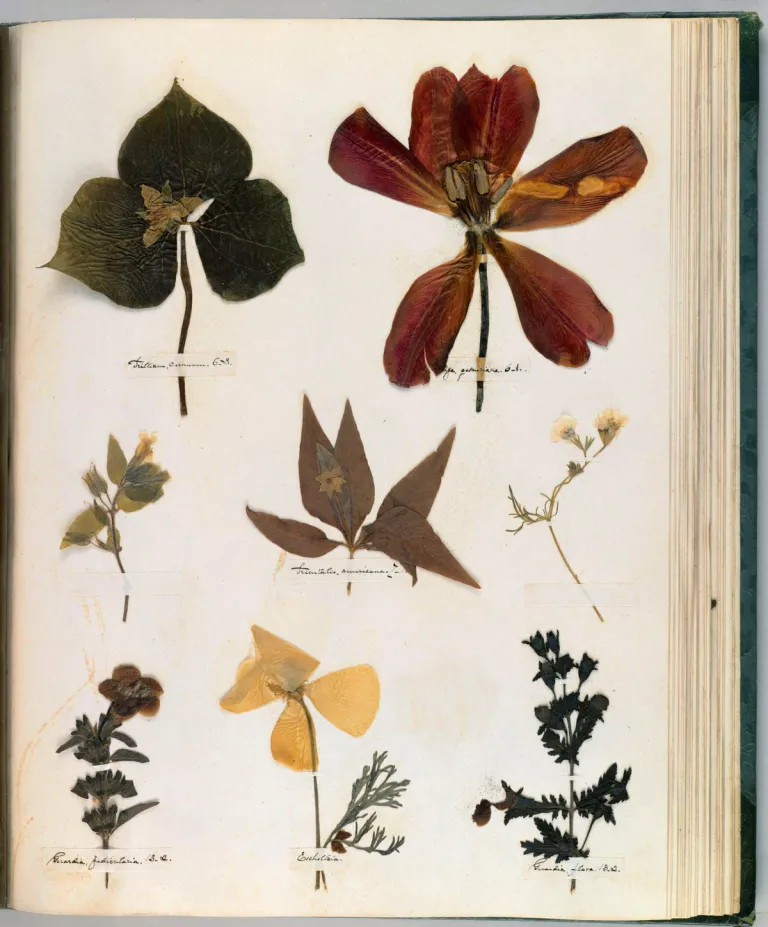
For us, winter’s also a great time to explore books and articles we set aside in our desire to be in the garden the rest of the year. We were thrilled to learn from one of Maria Popova’s elegant online essays, “The Marginalian”, that poet Emily Dickinson was an ardent botanist from an early age. Popova writes, “Long before she began writing poems, Dickinson undertook a rather different yet unexpectedly parallel art of contemplation and composition — the gathering, growing, classification, and pressing of flowers, which she saw as manifestations of the Muse not that dissimilar to poems…Dickinson started studying botany at the age of nine and assisting her mother at the garden at twelve, but it wasn’t until she began attending Mount Holyoke in her late teens”, where with the encouragement of the college’s founder, botanist Mary Lyon, “she began approaching her botanical zeal with scientific rigor.”
Popova describes Dickinson’s herbarium as “a masterpiece of uncommon punctiliousness and poetic beauty: 424 flowers from the Amherst region, which Dickinson celebrated as ‘beautiful children of spring,’ arranged with a remarkable sensitivity to scale and visual cadence across sixty-six pages in a large leather-bound album. Slim paper labels punctuate the specimens like enormous dashes inscribed with the names of the plants — sometimes colloquial, sometimes Linnaean — in Dickinson’s elegant handwriting. What emerges is an elegy for time, composed with passionate patience, emanating the same wakefulness to sensuality and mortality that marks Dickinson’s poetry.”

Dickinson’s original collection of pressed specimens is now preserved at Harvard’s Houghton Rare Book Library, though its fragility means that very few can examine it. But as Popova reports, Harvard has digitized the entire “miraculous masterpiece at the intersection of poetry and science” and made it available to all!
For further explorations of Dickinson’s work at the intersection of art and science, see Judith Farr’s book The Gardens of Emily Dickinson, Popova’s book Figuring, and her follow-up essay about the evolution of flowers and an amazing animation combining images from the herbarium with a musical composition based on Dickinson’s poem “Bloom”.











